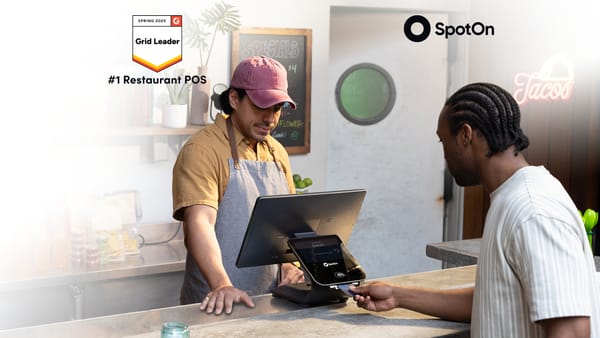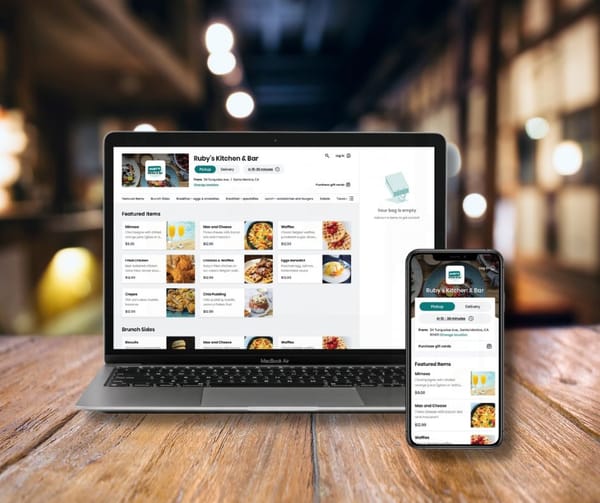The food service industry saw an intensified labor shortage in 2021, with 75% of restaurant operators identifying staff recruitment and retention as their top challenge. According to the National Restaurant Association, more than 80% of operators struggling with labor shortage reported their staff at 10% below normal levels, while 39% of operators were understaffed by over 20%. There doesn't appear to be a lot of movement in the opposite direction.
Not having enough employees to support customer demand is obviously a tough issue for restaurant owners to tackle. Thankfully, it's something that labor management software can help remedy.
Why aren't restaurant workers coming back?
The pandemic initially caused many restaurants to close down. While some will never reopen, others were able to adjust to a "new normal." This included doing more with a skeleton crew during the height of the pandemic, pivoting to takeout, and for some, batching cocktails or turning dining rooms into makeshift grocery markets. Many restaurant workers lost or left their jobs due to layoffs, health concerns, childcare needs, and other factors—and some never returned.
This exodus of employees created large holes in staffing. A variety of factors made restaurant work stressful, difficult, and undesirable to some, even before the pandemic. Cook shortages have been widely reported since at least 2015. People who've left the industry or are hesitant to go back give many reasons for exploring other paths: long hours, hard physical labor, a disparity between earnings for front-of-house employees and back-of-house employees, lack of training, stressful work environments, and so on. The great reckoning that came with weeks and months of being home offered a glimpse of hope for a better job that would allow for more personal time, weekends, and holidays.

The risk of catching COVID-19 in a crowded work environment is also driving many food service workers away. The Wall Street Journal estimates that as many as 4 million workers—across all industries—are concerned about the health risks of returning to work.
Issues beyond the labor shortage.
The issues facing restaurants in late 2021 are bigger than labor shortages. With supply chain issues impacting everything from ingredients to takeout packaging, restaurant labor costs may be the last thing on a chef or operator's mind, especially for independent businesses.
All of the challenges that restaurants are battling mean restaurant and bar managers have a long list of areas that need close monitoring. At the same time, it's critical to avoid burnout among the team members who do show up regularly by resisting the urge to pile more work onto them. So what do you do if you can't spend the time or money to hire more people? Labor management software is the next logical step.
How can labor management software help?
Labor management software can help with all the tedious parts of staffing, letting you get out of the office and back into the kitchen or dining room. More practically, it can clean up the sticky notes and whiteboards filled with servers' days off, schedule changes, and phone numbers and streamline them into a single interface.
Having one hub where all scheduling can be handled by an owner or manager, and viewed by the entire staff, can save time for everyone. Shift changes can be juggled and posted electronically, with requests and approvals happening in real-time.
Miscommunications about scheduling or days off add to staff anxiety. Reducing unnecessary stressors in your restaurant is essential, and it allows your team to focus on what's important—like enhancing the guest experience, building sales, and performing their usual duties.

Labor management software can also provide transparency in issuing tips, especially if tip pooling is the norm for your business. Managing all scheduling and tipping with one piece of software also expedites payroll. Numbers can easily be synced up with check-issuing and payroll reporting tools.
Maximizing your team.
Labor management software affords operators the opportunity to sync with point-of-sale systems to explore every part of the operation and determine where employees can be deployed to maximize profit. From menu redesign, which is likely happening due to supply chain issues, to outsourcing tasks like laundry and knife sharpening services, this winning combo creates an opportunity for managers. Time saved on administrative tasks can be used in efforts to retain employees, to truly onboard and train servers and cooks, and to create an environment where your team can grow and learn from each other.
While the labor shortage and associated challenges aren't going away anytime soon, spending some time exploring this type of software and the benefits it offers can help your business cope. Your team deserves an overall smooth experience, just as your customers demand it. It's time to get a real understanding of restaurant labor costs and make decisions accordingly. Letting software be your pinch hitter may be the smartest way to build a team that can help navigate these trying times in the restaurant industry.












